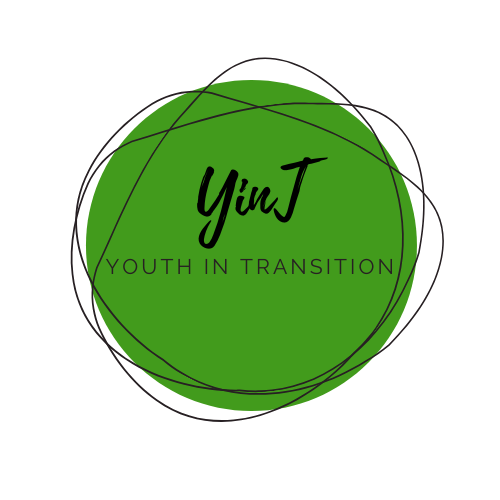Theme C - Transitioning
Theme C - Transitioning |
|
|
Why |
Exploring what values, attitudes and actions I, my school/community can adopt to transition to resilience? |
|
Aims & Objectives |
To support transition to regenerative futures by participants comprehending and practising supportive values, attitudes and actions. |
|
Competencies |
Self awareness; Optimism; Empathy & Compassion |
|
Dimension / SDG relation |
World View Dimension SDG 10 - Reduced inequalities SDG 3 - Good health and well being |
|
Activity Titles |
1. Becoming a conscious change agent 2. Harvesting the Gifts of Ancestors[1] (can be adapted as an optional activity) |
[1] Harvesting the Gifts of Ancestors, full instructions in Work that Reconnects, Joanna Macy et al
Activity: Becoming Conscious Change Agents (Synchronised) |
|
INTRO |
|
World activism and transformation of consciousness is an important component of the changes that need to happen in order to heal the Earth and all its creatures. It is of great importance and urgency to begin to network and collaborate across cultural and geographic boundaries. This exercise gives experience of a tool for democratic dialogue about issues of the heart, and of basic justice. This supports us to live the life of a change agent, and a contributor to a new, more inclusive, caring, and compassionate world. This methodology is similar to our deep sharing in pairs in that we practise deep listening, bearing witness, speak leanly and speak from the heart. Creating this kind of conscious council space allows for deep and considered sharing. Many contemplative and indigenous traditions have this kind of practice, including Quakers. |
|
INSTRUCTIONS |
|
1.Facilitators organise a dialogue space of openness and introspection with participants 2. Council is started with a dedication or action like placing a video of a burning candle in the centre or at the centre of the screen (representing the future generations/children). 3. After setting the stage and taking a round where everyone speaks their name, the facilitator gives the group a theme centred on activism and transformation. For example: “Consciousness without social change is lame, and social change without consciousness is blind.” 4. Take rounds: Ask the group to contemplate on the theme. Use a talking stick. 5. Invite participants into the dialogue by giving these four simple guidelines : a. Speak from the Heart b. Listen from the Heart c. Be spontaneous (don't prepare what you are going to say, and trust when the talking piece reaches you that you will say what needs to be said) d. Keep it to the essence (brief is better) 6.The council ritual then ends with extinguishing the (video) candle. 7. At the end of the council summarise any feature that came up during the dialogue. |
|
REFLECTION & SYNTHESIS |
|
Follow the cycle of participatory learning for reflection/debrief: ● How did you feel during this exercise? ● What did you observe? ● What did you discover about your power and ability to be agents of change? Synthesis: At the end of the session, the facilitator synthesises responses that came up. |
|
REFERENCE: Gaia-Youth-Activities-Guide-1.pdf page 36 |
|
TIP: The book ‘The Way of Council’[1] gives a good background for this approach. |
[1] 'The Way of Council' as practised by the Ojai Foundation and described in Gigi Coyle and Jack Zimmerman's book of same name


0 comments
Leave a comment
Please log in or register to post a comment